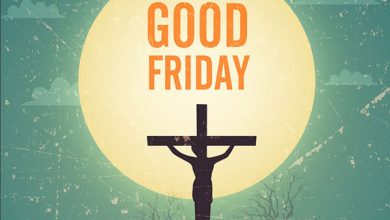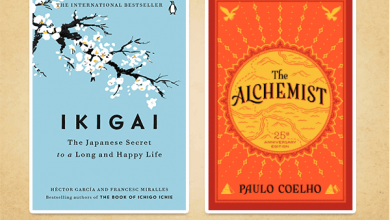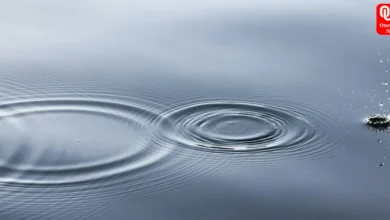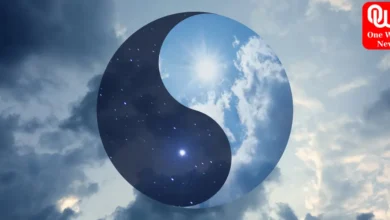Let’s Understand and Start Living Hinduism XI

Kalash—the Abode of all the Gods and Sacred Rivers
Contd. From: http://www.oneworldnews.com/lets-understand-and-start-living-hinduism-x/
The kalash is comprises of the following:
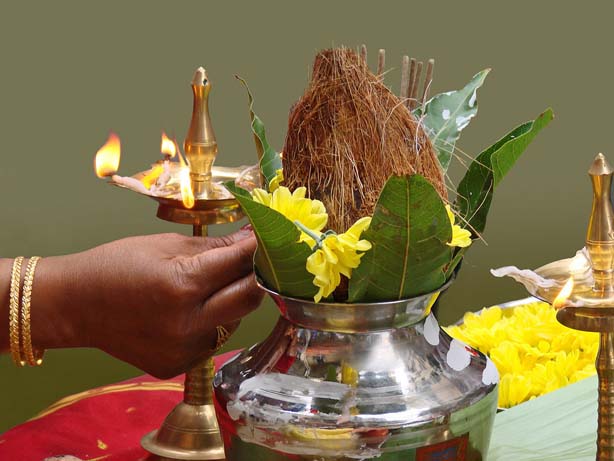
1. Pot – This can be an earthen pot, a copperpot, a brass pot, a silver potora gold pot.
2. Water/ Rice
3. Kumkum
4. Coins
5. Rice
6. Dry fruit (optional)
7. Turmeric powder
8. Mango leaves
9. Coconut
10. Flowers
11. Elaichi (optional)
12. Clove 2 in number (optional)
13. A piece of cloth usually red in color – Vastra
Kalash is filled with water or rice. A thread, called kalawa, is tied around the neck. Swastik is made with kumkum on the tummy of the kalash. Coins (usually of Rs. 2.00, 5.00 or 10 denominations) turmeric powder, Cloves, Elaichi, bunch of 5 mango leaves are placed on the mouth of the kalash like a blossomed flower, a coconut, wrapped in betel leaves (paan) and vastra, is placed on top of the mango leaves.
Kalash had physically manifested during the Samudramanthan. The amritkalash was held by Lord Vishnu. It is believed that all deities reside in the kalash. The water in the kalash is pure and mostly from sacred rivers and hence high on energy levels.
It is believed that Lord Vishnu resides in the mouth of the kalash. Lord Shiva resides in the neck;Lord Brahma resides at the base of the kalash and the Mother of the universe, the Shakti or Maa (in the form of water from holy rivers) in the middle portion of the kalash. Water is the basis of life. Hence we put water in the kalash. The mango leaves on the kalash symbolize the creation. The thread on the neck of the kalash symbolizes love and peace. A coconut is placed on top of the leaves. Coconut symbolizes God.
So if we look at the complete picture the creation forms the basis of life that can be kept together with love (represented by the thread tied round the neck) and peace and with God’s blessings.

